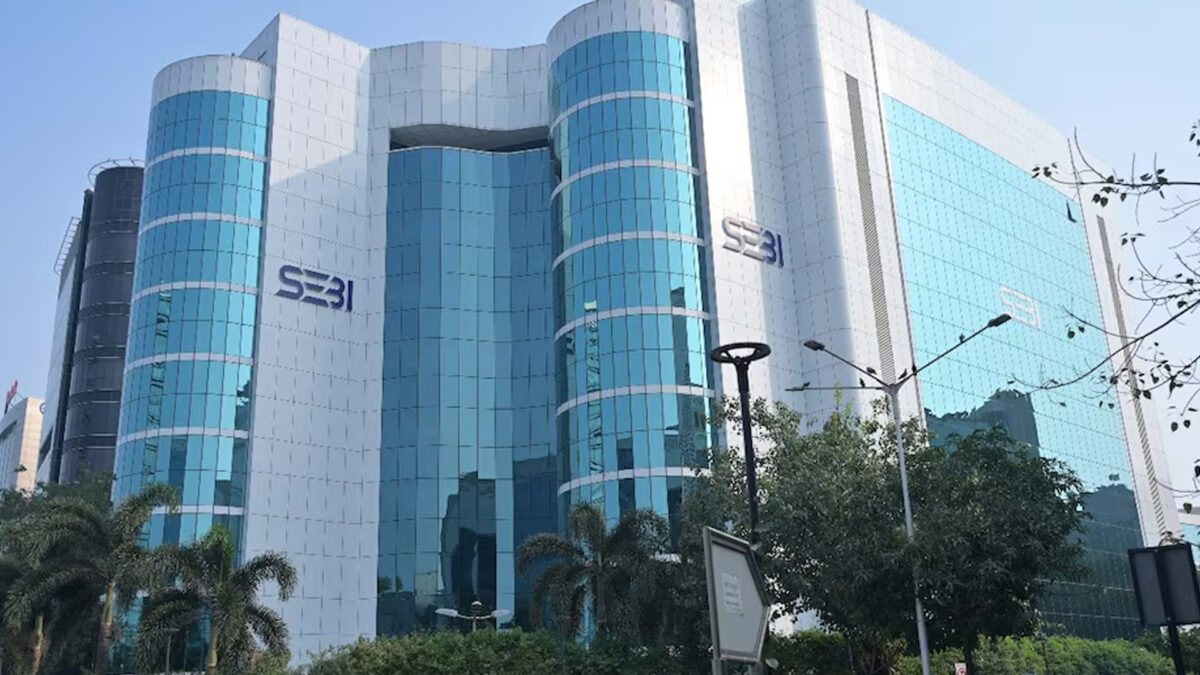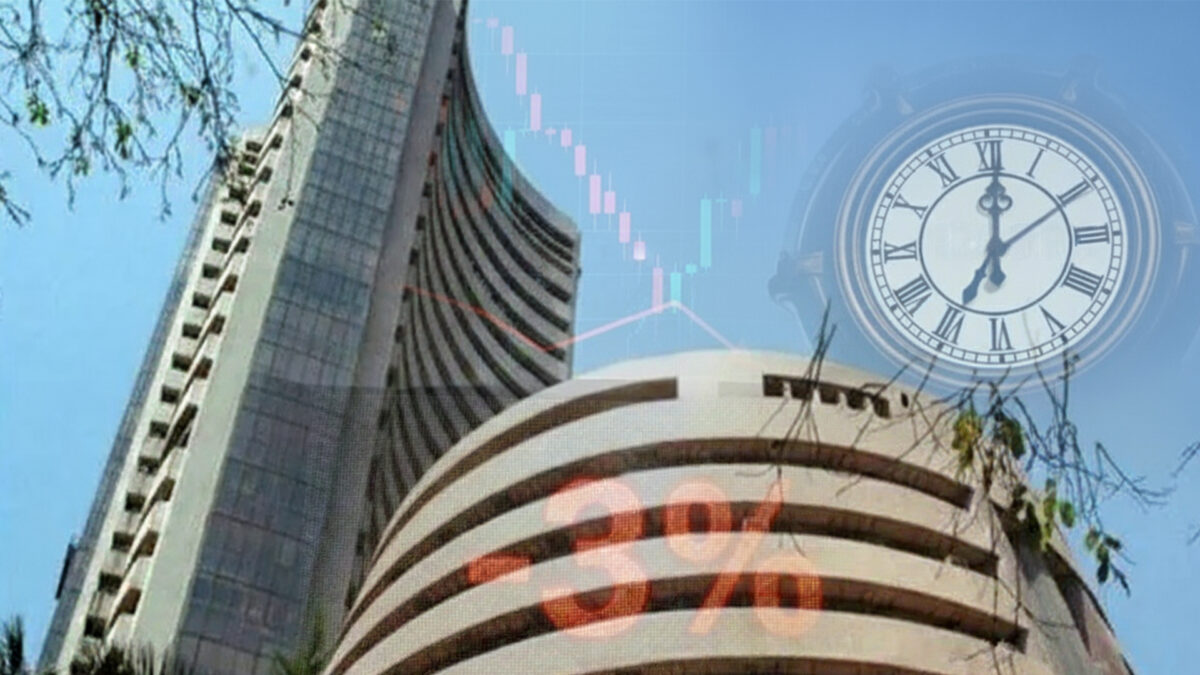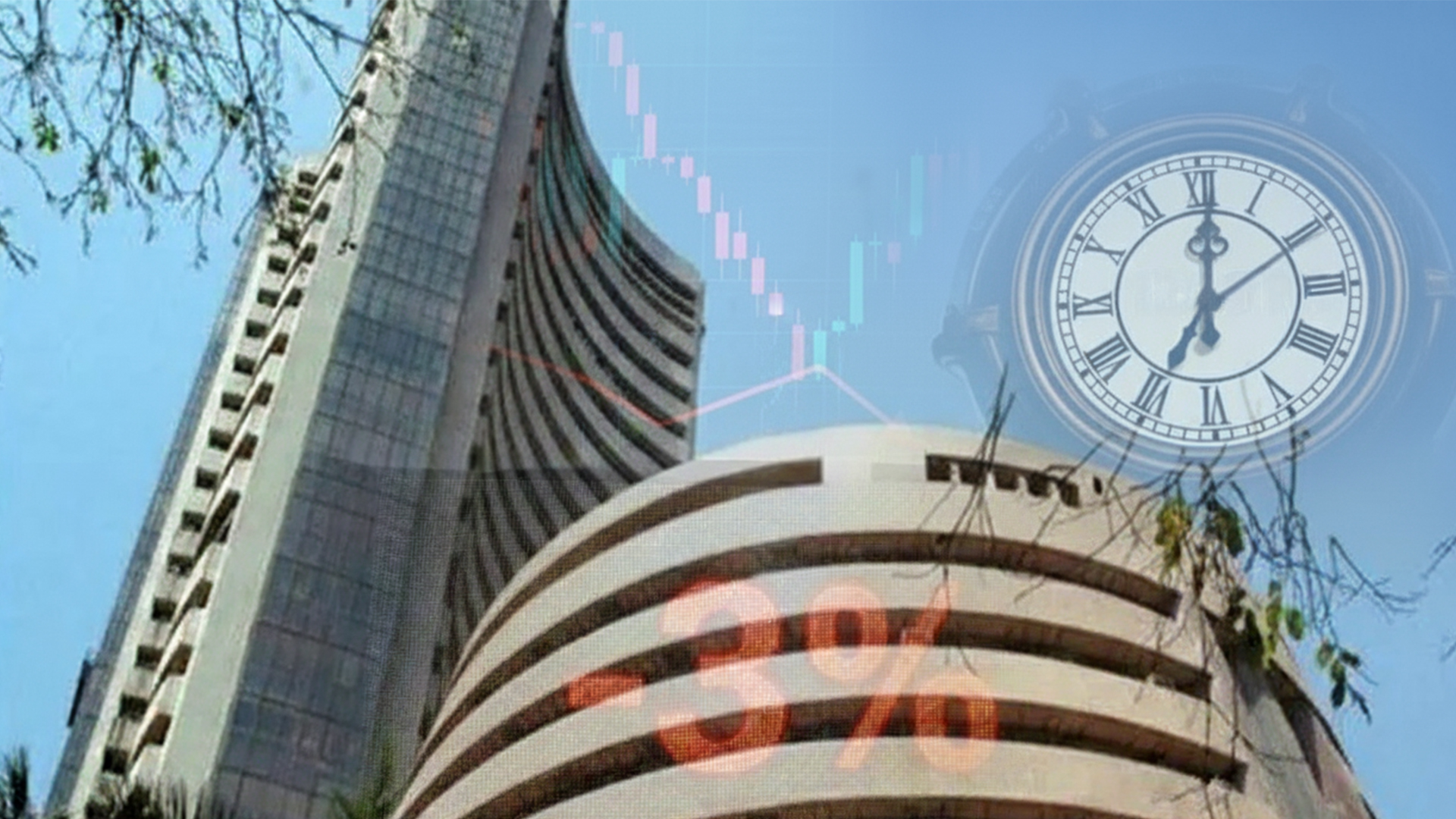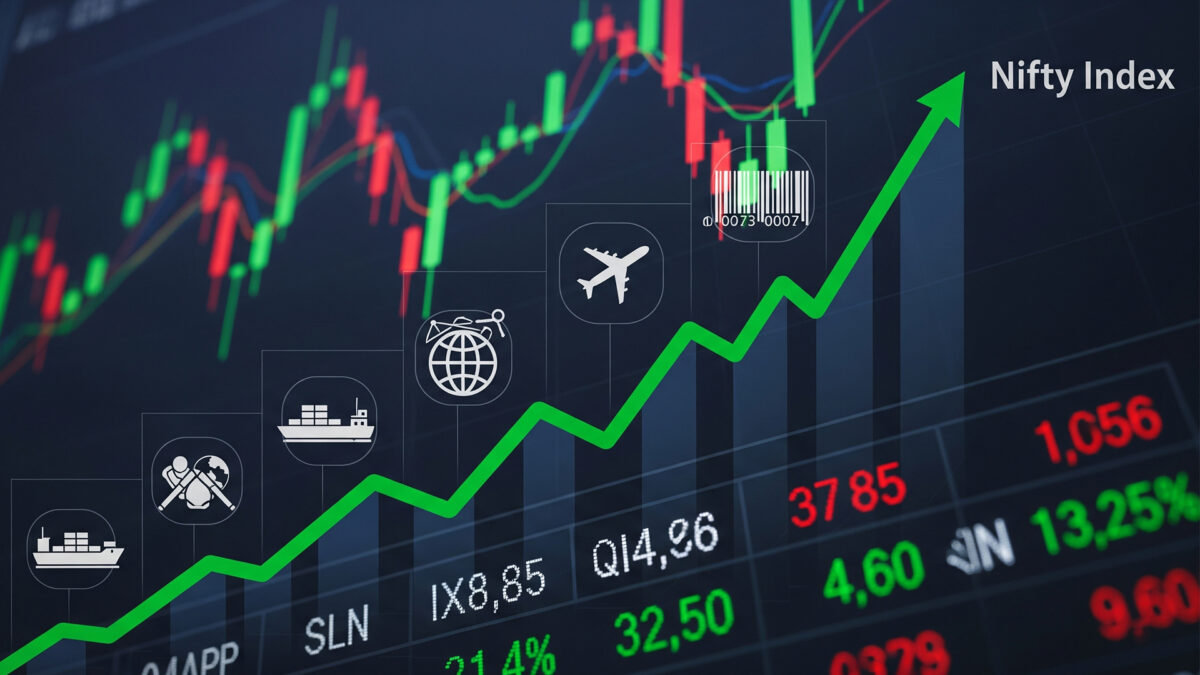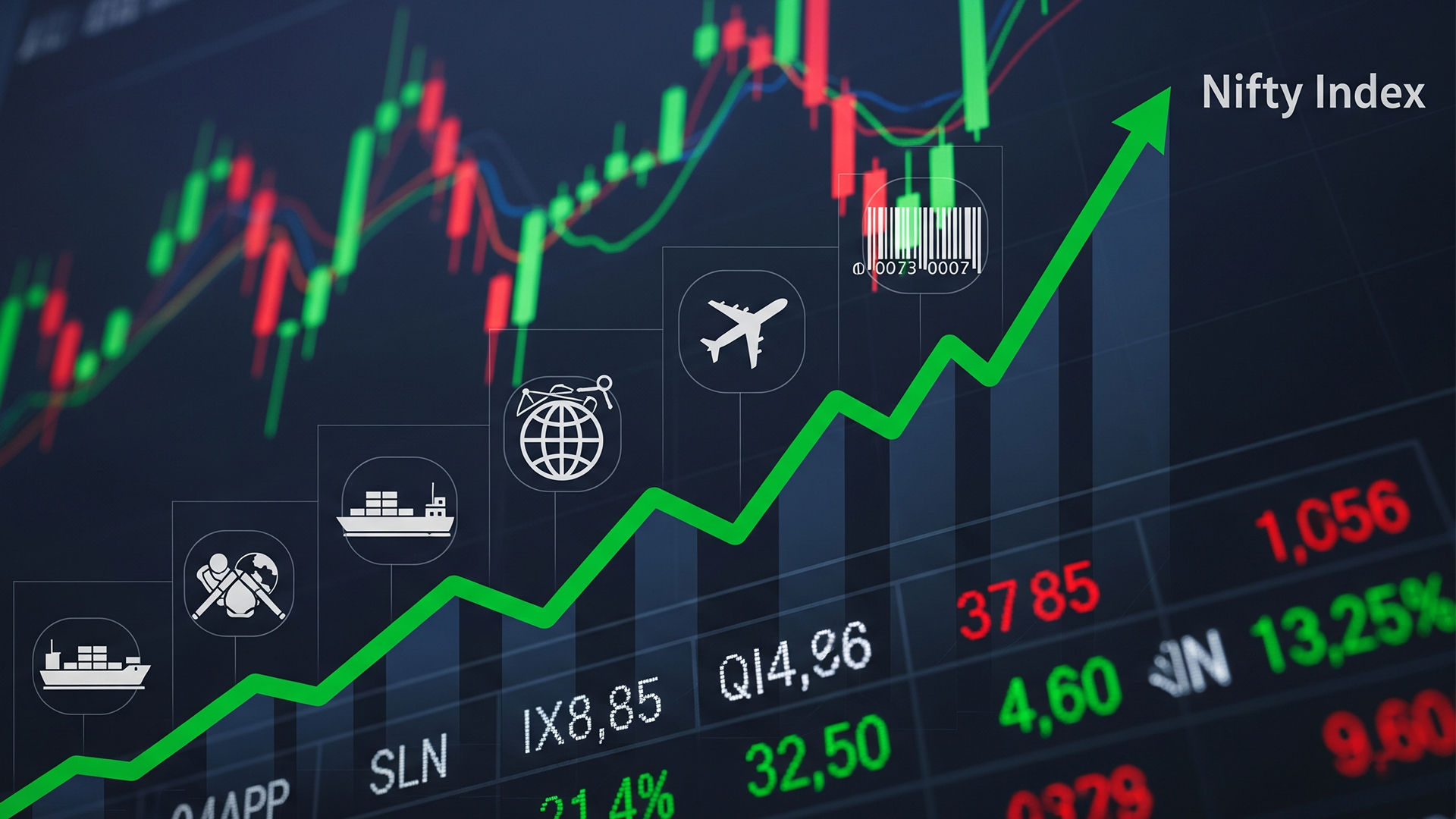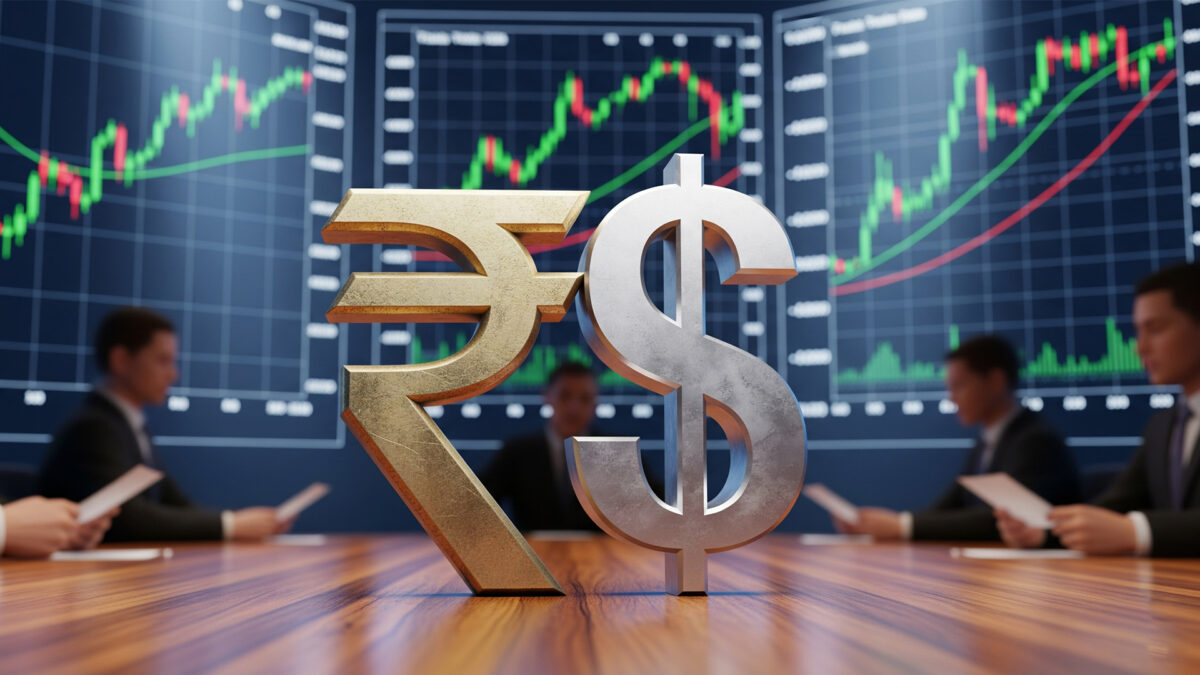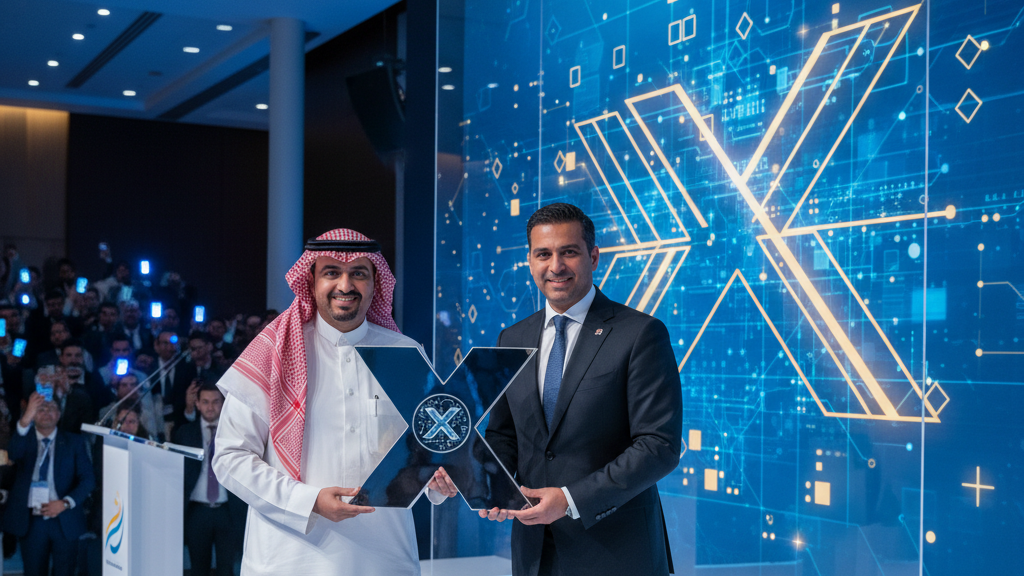The benchmark equity indices Sensex and Nifty opened Monday, September 15, 2025, with modest gains but soon turned volatile and flat as investors engaged in profit-taking following last week’s rally. The markets are now waiting for cues from the U.S. Federal Reserve’s policy meeting later this week, which is expected to influence global sentiment.
At 10:25 AM IST, the 30-share BSE Sensex was trading at 81,904.31, down 10.06 points from the previous close, while the 50-share NSE Nifty stood at 25,099.90, slipping 12.65 points. In early trade, the Sensex had climbed 20.81 points to 81,925.51 and the Nifty had gained 4.9 points to 25,118.90. Among Sensex constituents, Bajaj Finance, Eternal, Tata Motors, Adani Ports, Power Grid and State Bank of India were trading higher, whereas Infosys, Sun Pharma, Tata Consultancy Services and Tech Mahindra were under pressure.
Global cues added to the cautious market mood. In Asia, South Korea’s Kospi, Shanghai’s SSE Composite Index and Hong Kong’s Hang Seng moved higher. U.S. markets ended mixed on Friday, contributing to the subdued risk appetite. Brent crude oil prices rose by 0.60% to $67.39 a barrel, while foreign institutional investors were net buyers of Indian equities, purchasing stocks worth ₹129.58 crore on Friday.
Awaiting Fed, Inflation Data and Domestic Signals
Last week, Indian indices extended their uptrend, with the Sensex climbing 1,193.94 points or 1.47% and the Nifty gaining 373 points or 1.50%. Over eight sessions, the Nifty surged 534.4 points or 2.17%. Investors had welcomed the rally on expectations that the Reserve Bank of India’s recent inflation data—which showed retail inflation rising to 2.07% in August but still within its comfort zone—would pave the way for future rate cuts to support economic growth.
However, with global uncertainties and domestic challenges persisting, markets are treading carefully. The Fed’s policy decision could have significant repercussions, particularly if it signals a shift in monetary tightening. Meanwhile, sectors like IT and pharmaceuticals are facing profit-booking, while financials and infrastructure-related stocks are showing resilience. With these developments, markets appear to be balancing optimism from last week’s gains with caution over near-term risks.
Also Read: Fitch Upgrades India’s FY26 Growth Forecast to 6.9%, Citing Strong Demand Amid Global Risks

